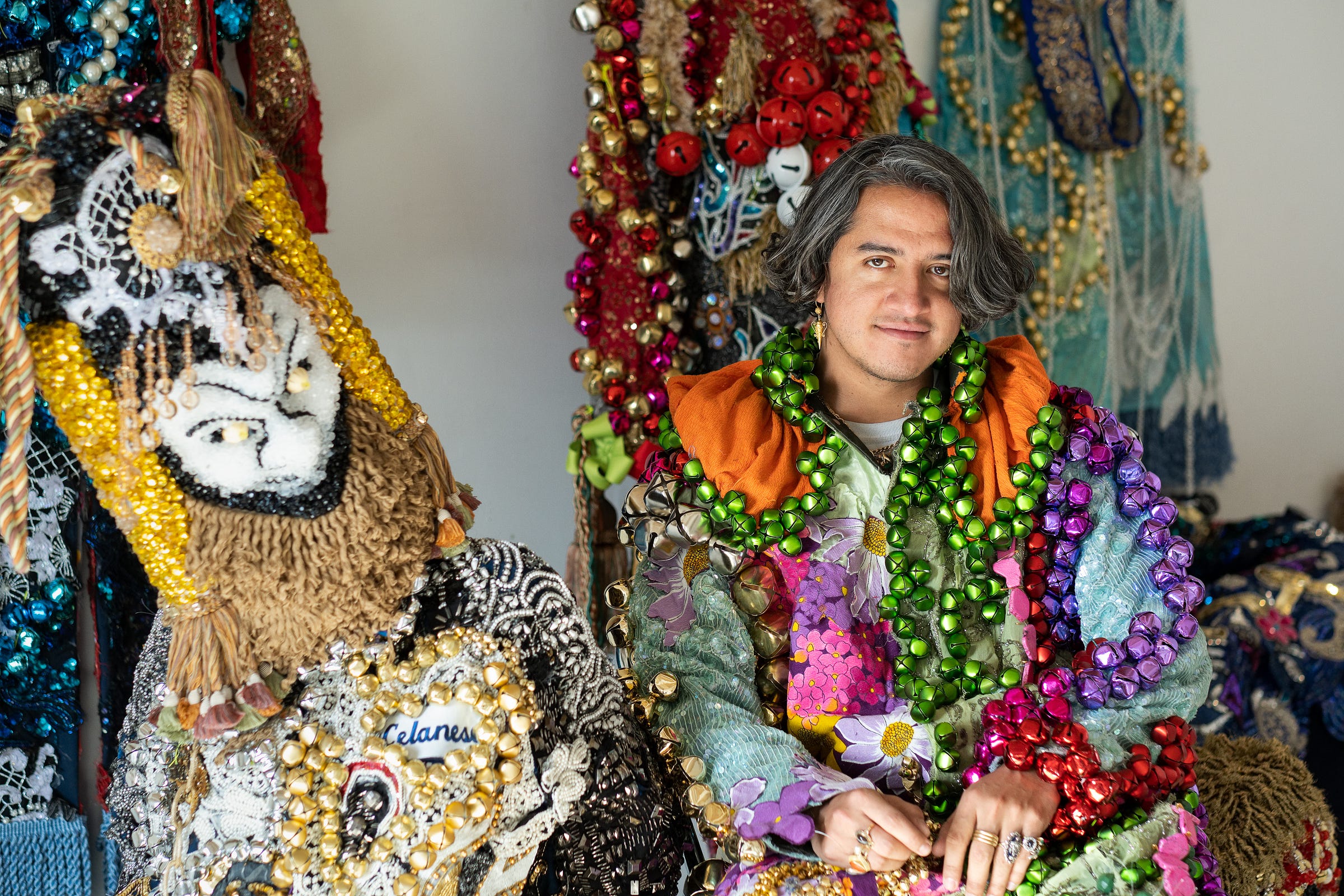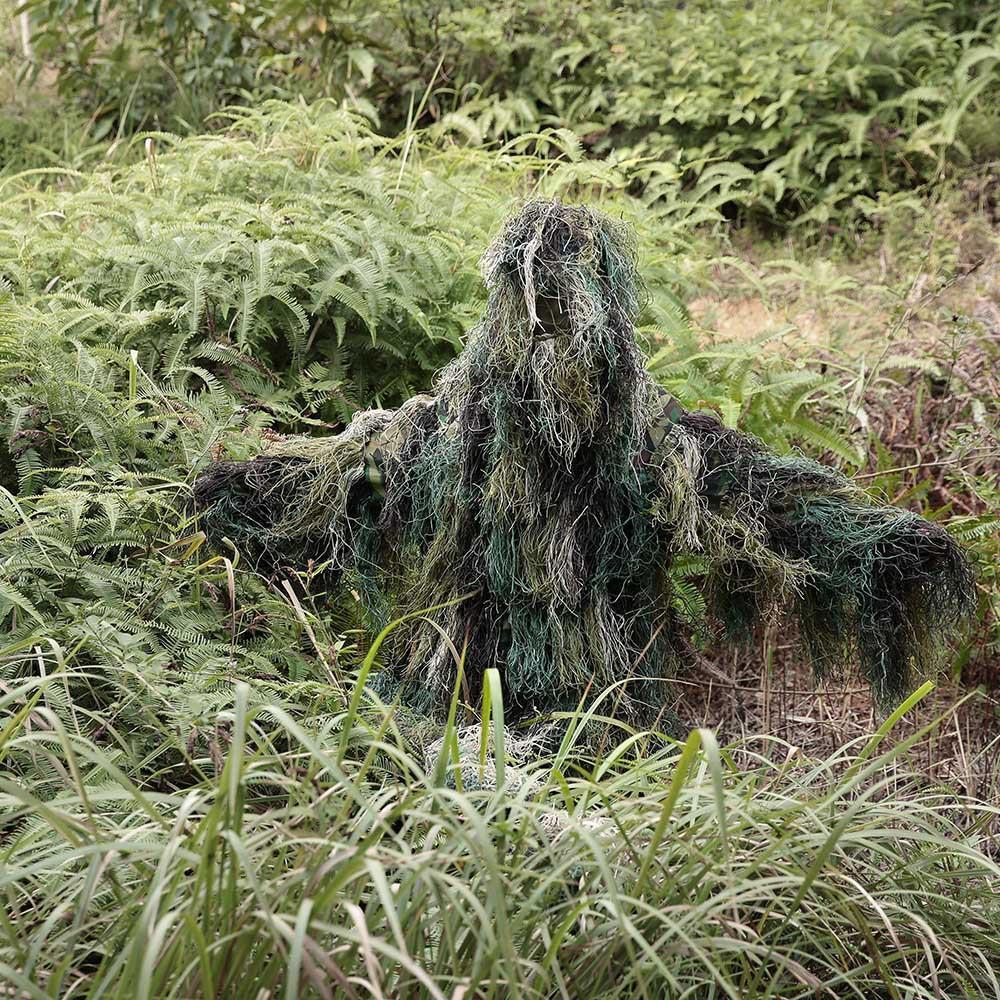https://art21.org/watch/new-york-close-up/raul-de-nieves-is-an-american-artist/
After watching interviews with Nieves I feel a strong connection between his mindset and processes and my own. He talks about not wanting to be a perfectionist, and often not knowing how it is going to turn out is the most exciting part, which are both things which come into my mind when I am working on a piece. Colour is an important part of my work - maybe the most important - and I use bright vivid colours wherever possible. Nieves uses colour as a tool to allow the audience to see the 'facets of happiness and sadness all in one place'; colour allows people to see things as bright as they can be. He also uses alot of pattern over pattern, and clearly his work celebrates the excess, which aligns with my idea that more is more. Clothing as sculpture is another element that both my own work and that of Raul de Nieves have in common. Self adornment and self expression; the celebration of the body and what we are capable of; the body and clothing is something everyone is familar with, and it is a way of fully expressing yourself.
In this interview Nieves talks about 'creating a narrative with figures and symbols and putting it in one image', which is essentially what I am trying to do with my degree show. By using the spectacles as a focal point I am hoping to create a narrative of some sort of festival scene. They are all very different but I hope that they will come together to make one whole image. I think the other paintings and work in my space will aid my work and the paintings and other works will help to frame my spectacles and make it look like a complete and full installation. In the curation meetings everyone was pretty easy going with how they wanted their work to be displayed which means when we come to install I think it will be a pretty exciting and collaborative week. Nieves wearable works are often shown on mannequins or stands, even though the works are intended to be animated through live action. My spectacles are intended to be worn but for the show they will be shown as 'sculptures'; only in the supporting documentation will they have reached their full potential through the movement of the body. The spectacles live outside of their presentation at the degree show - they are objects that are on display that have a use, even if that use is being disregarded for the duration of the show.
Nieves talks alot about using humble craft materials and how this takes away the seriousness of making art sometimes, which also relates to his lack of a perfectionist attitude. By using basic materials and tools, you can make whatever you can with whatever is infront of you. Its also about turning something simple and mundane into something magical. 'I’m not trying to limit myself. I look around here and there’s all these different types of works, and they all fall into a category with a manual labor aspect. It jumps from sculpture to painting, from installation to wearable costumes and performance. There’s a revolving theme around all of these things happening, but the medium is so open. That’s the ultimate freedom.'
Here, six jumpsuited, platform-shod sprites, each covered in brightly coloured plastic beads, pose as if frozen in the middle of The Hustle
https://vimeo.com/280165093
























































